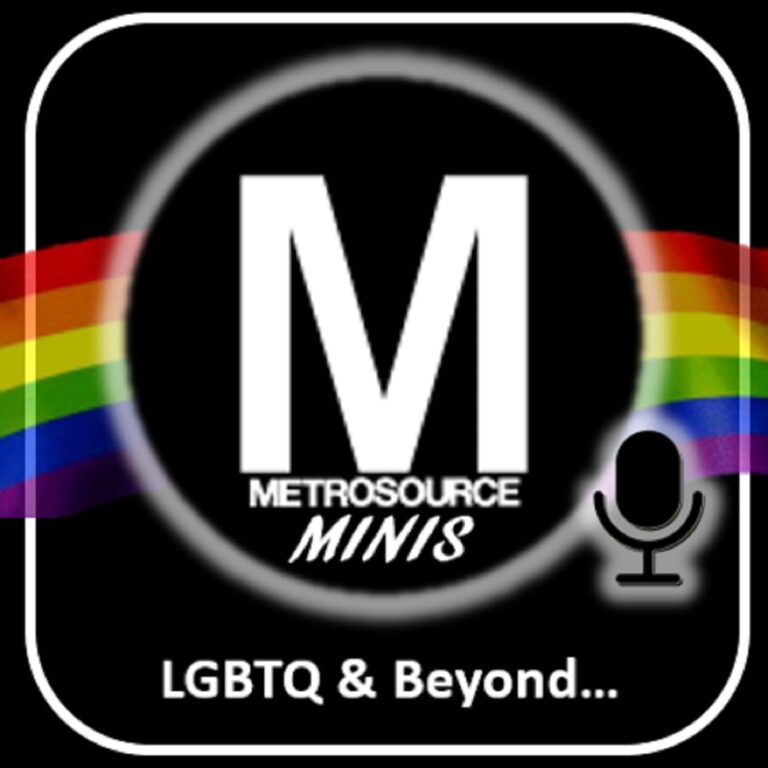Here’s the Real Deal…
Choosing a drug or alcohol rehab program is no small feat, especially if you’re an LGBTQ+ individual looking for a supportive environment that’s genuinely inclusive. Rehab isn’t just about overcoming addiction; it’s about reclaiming control in a place where you feel safe and respected. The last thing anyone wants is to feel judged or misunderstood, especially when facing one of life’s biggest challenges. So, where do you start? Here’s a breakdown of the real considerations that LGBTQ+ folks need to think about when choosing a rehab that feels right.
Safe Spaces & Why They’re Non-Negotiable in Rehab
For LGBTQ+ individuals, a rehab center is more than a place to detox—it should feel like a safe space where identities are respected and understood. Unfortunately, not all facilities make the extra effort to create a truly inclusive environment, leaving many people feeling unseen. A rehab that treats everyone “the same” might sound ideal on paper, but what it often means is they lack tailored care or sensitivity to the unique challenges faced by LGBTQ+ clients.
Finding a space that’s not only supportive but actively affirming is essential. This is about having staff who understand gender and sexuality complexities, who don’t shy away from using the correct pronouns, and who acknowledge the reality of discrimination that LGBTQ+ individuals may have faced. When treatment teams lack this awareness, LGBTQ+ clients can face increased struggles, which professionals refer to as barriers in treatment for LGBTQ individuals. Breaking down these barriers takes conscious effort and knowledgeable staff. Without them, many LGBTQ+ individuals can feel even more isolated in a process meant to be healing.
In short, inclusivity should be a front-and-center priority for any rehab you consider. Look for language on their website or ask directly about their commitment to creating safe spaces for all.
What Kind of Support to Expect
Every rehab center has its program structure—some focus on detox, others on long-term behavioral change, and some combine a mix of both. But when it comes to LGBTQ+ clients, additional considerations can make or break the experience. Many LGBTQ+ individuals benefit from programs that address issues beyond addiction itself, such as mental health struggles rooted in experiences of discrimination or identity-based stress.
Certain rehab centers recognize the need for therapies that go deeper than surface-level addiction treatment. Look for options that incorporate trauma-informed care, as this approach respects and understands the lasting effects that trauma can have on a person’s recovery journey. Ideally, staff will be trained in these specialized areas, helping LGBTQ+ clients navigate both addiction and identity-based challenges, which are often interconnected.
An ideal rehab program will recognize that LGBTQ+ individuals may be grappling with a history of marginalization. Therapy tailored to these experiences, whether in group settings or one-on-one, can provide a more thorough foundation for sustainable recovery. In essence, seek out a rehab that doesn’t shy away from diving into these additional layers, instead of just offering one-size-fits-all support.
How to Tell if a Rehab Walks the Talk
Real talk—many rehab centers claim to be inclusive, but their actions (or lack thereof) often say otherwise. A genuinely inclusive rehab will have no problem proving it, and that’s something you can get a sense of before you even set foot in the door. When researching, look beyond the brochures and quick online descriptions.
To start, search online for an “inpatient drug rehab near me” and check their statements on their website about inclusivity, etc. This step matters because transparency is key. Facilities that value inclusivity will be upfront about their approach. You want to see clear language about LGBTQ+ issues, how they handle confidentiality around sensitive topics, and whether or not their staff has specific training on gender and sexuality.
Staff credentials and diversity are also significant indicators. An inclusive rehab won’t just talk about their dedication to LGBTQ+ sensitivity—they’ll employ people who reflect these values in how they interact with clients. Some facilities go a step further, offering specialized programs led by LGBTQ+ professionals who understand the struggles that clients face. So, if a center genuinely embraces inclusivity, you’ll find those values embedded in their day-to-day operations, not just in their marketing.
Finding Community Alongside Recovery
Addiction recovery isn’t just about individual treatment; it’s about finding support systems that help maintain sobriety after rehab. For LGBTQ+ folks, finding others who understand their journey can be a major source of encouragement and solidarity. Some facilities offer LGBTQ+-specific group sessions or aftercare programs designed to foster a sense of community among clients, where connections can continue beyond treatment.
This element is particularly crucial for LGBTQ+ individuals, as shared experiences and understanding often reinforce motivation and resilience. Look for programs that actively create space for LGBTQ+ clients to connect with one another, whether it’s through group therapy, mentorship, or community events hosted by the facility. Having people around who “get it” can be a game-changer, creating a network of support that extends far beyond the rehab center.
Also, consider aftercare options. Some facilities provide LGBTQ+-focused resources, such as LGBTQ+ sober living homes, which can make the transition from rehab smoother. Feeling part of a supportive group increases the likelihood of long-term recovery, especially in environments where members respect and affirm each other’s identities.
Red Flags to Watch Out For
As you explore your options, stay alert for signs that a rehab may not be the best fit for LGBTQ+ clients. This isn’t always obvious, so it’s helpful to know what might indicate a lack of inclusivity. For instance, vague language around “diversity” or “acceptance” without specifics can be a warning sign that a center hasn’t fully invested in LGBTQ+ issues.
Another red flag? Staff who seem uncertain or avoidant when discussing LGBTQ+ topics. A knowledgeable rehab should be upfront and articulate about their approach to supporting LGBTQ+ individuals. It’s also worth noting if the center’s website or marketing material feels generic, with little mention of LGBTQ+-specific services. This can indicate a lack of focus on LGBTQ+ inclusivity, and in some cases, that discomfort may spill into their treatment environment.
Finally, if you’re in contact with a center and feel hesitant or dismissed during your initial questions, trust your gut. Feeling respected and heard from the first interaction is critical to setting up a successful recovery journey. A center that’s well-prepared to welcome LGBTQ+ clients will make that clear from the outset.
Healing in a Place That’s Right for You
Choosing a rehab as an LGBTQ+ individual isn’t just about finding any treatment—it’s about finding the right treatment. A center that actively supports and respects your identity can make a world of difference in your journey. Recovery is challenging enough without additional struggles or misunderstandings, so take the time to explore options that align with your needs and values. Whether you find a place that offers LGBTQ+ group therapy, has staff trained in trauma-informed care, or creates a supportive aftercare community, prioritizing inclusivity will set you up for genuine healing. Remember, the best rehab for you is one that acknowledges, embraces, and celebrates who you are, every step of the way.
Last modified: March 17, 2025














